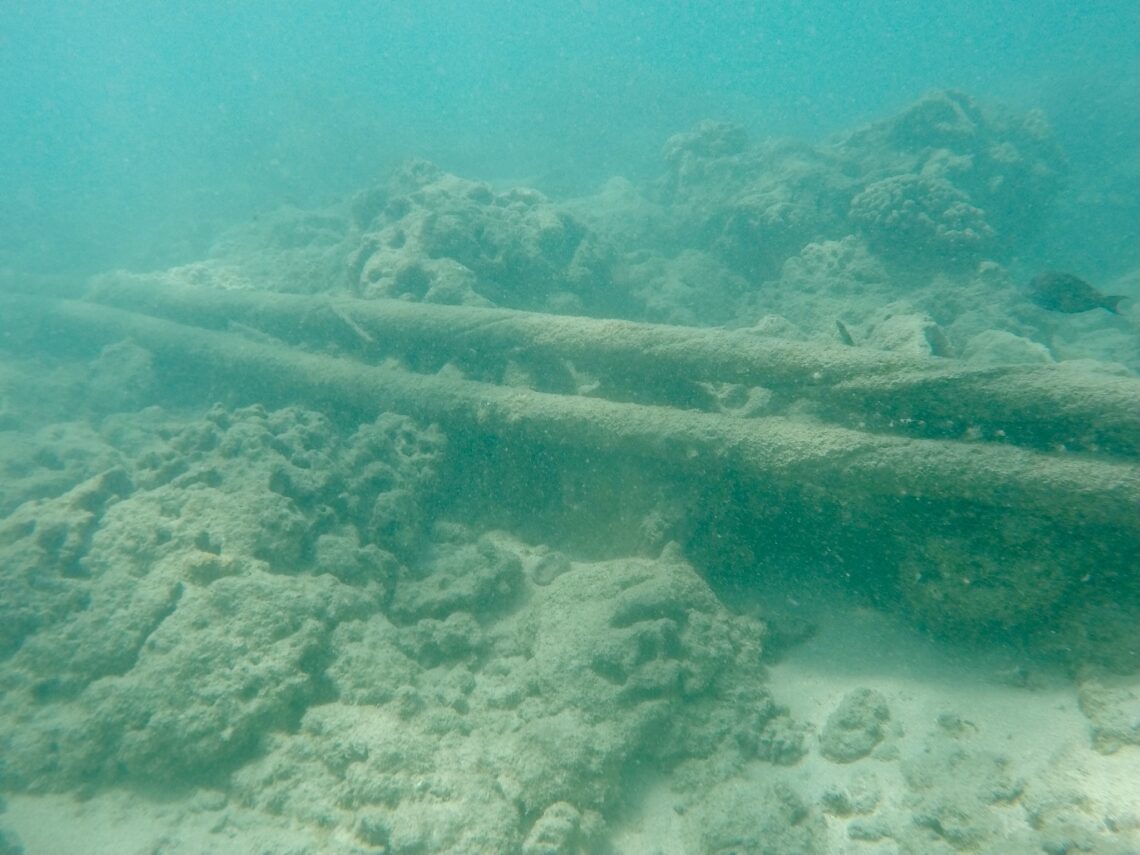In recent weeks, fighters from Yemen’s Houthi movement have reportedly knocked out four of the Red Sea’s underwater communication cables between Saudi Arabia and Djibouti. The cables, which are thought to belong to the AAE-1, Seacom, EIG and TGN systems, are among those that connect Europe and Asia. Though there has been no official confirmation that the Houthis were responsible, the cable damage proves that undersea and land cables, which bring internet connectivity to millions and sometimes billions, are now considered infrastructure worthy of attack during times of conflict, and that alternative means of connectivity are increasingly vital.
The sheer ubiquity of the internet in daily life makes the potential impact of successful sabotage enormous. The latest alleged Houthi attack, then, should be concerning governments and commercial providers, spurring them to think of alternative technology. Even disregarding deliberate sabotage, these cables are known to be vulnerable. The CSIS, the Atlantic Council and Congress have all highlighted that undersea cables are prone to disruption. In fact, there are up to 200 disruptions to cables every year, caused by accidental damage from fishing, shipping or earthquakes, for example.
What are the alternatives to undersea cabling? Elon Musk’s Starlink, which now provides coverage to more than 70 countries, including Ukraine (and, according to reports, Russia) has popularized the use of satellite internet. But even though traditional radio frequency satellite-to-ground connectivity like that offered by Starlink is an alternative, and one that supports individual end-user desired speeds, it is limited by physics to speeds well below what is required to provide the reliable, continent-to-continent connectivity currently brought via undersea cables. And though a system like Starlink dramatically reduces reliance on terrestrial infrastructure for end-user connectivity, it still relies on traditional…
Read the full article here

